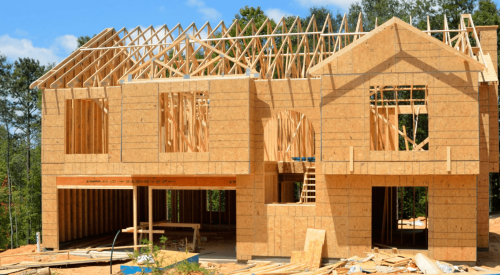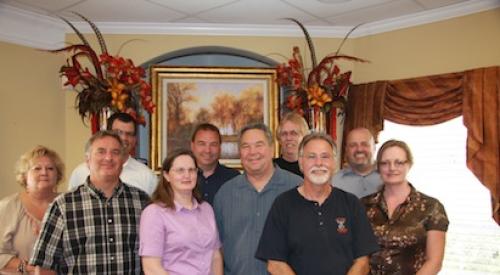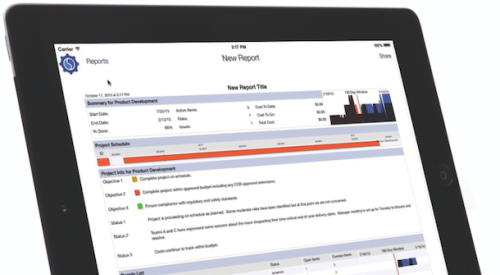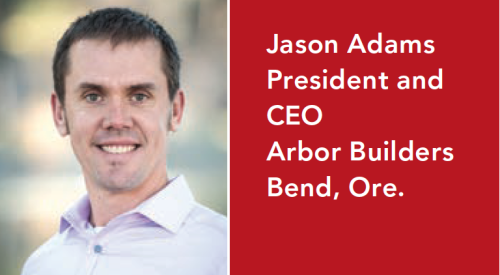Have you got your eyes covered to block out the horror show of this market? Well, you can peek. One home builder that has contracted operations is doing quite well. Technology upgrades, revamped workflow systems and investing in a tech expert has saved the company five full-time equivalents — and in these times, that savings is huge.
The builder you'll soon learn about requested anonymity — his formula has been so successful, he fears his practices would be poached by local competitors. Still, the company has key takeaways you can use.
The home builder has been around for decades, and it's been winning awards for more than 15 years. In 2008, the company started 500 homes in multiple cities. That's down from more than 700 in 2007, but 500 starts makes them a remarkably successful home builder in any market. Though the company has all the hallmarks of a production home builder, it wasn't always a production builder. Indeed, it deliberately assumed that identity — along with the responsibilities and processes for building homes at that scale — about three or four years ago. As a result, it has grown dramatically in the last three years.
At its peak, the company recently carried almost 230 employees, but it's down to fewer than 200 employees now. That includes an employed sales team of 30 people who are apparently doing a heck of a job, because they exceeded a January sales goal by well over a dozen homes. There are 20 superintendents in all their cities of operation, and the remainder of the team — 150 people — is distributed among departments such as construction management; service and warranty management; drafting and design; estimating; accounting; IT; and office administration.
Latent Technology Brought to LifeHere's the irony of this home builder's story. A few years ago they had committed to a technology upgrade, bringing in a workflow management system, accounting, estimating and sales front-end. It was paid for and fully implemented in 2005, but some of the management apparently didn't recognize the full utility of the systems they have purchased. The result: The technology systems sat dormant, and the builder didn't realize the workforce reduction it has since achieved. Plus, the company's workflow has since been optimized for better customer service and faster turnaround on design.
Then the company brought in a new staff technology expert who played a major role in the technology revitalization effort. Now, with its systems up and running the right way and after investing in some professional services, it saved five full-time equivalents. At a typical carrying cost of roughly $100,000 per employee, that's $500,000 of ongoing saving for every year, which can pay for a lot of software and a lot of professional services — much more than you'll ever need. But that savings is typical of what I see at other award-winning builders who really commit to process improvement and automation. Take a look at Eastwood Homes, Tim Schaeffer Communities, Garman Homes, Logan Homes and many of the other builders I have written about in this space and elsewhere.
To add to the savings, this home builder just tossed out its old sales system, and it is about to implement Sales Simplicity, which will bring the firm even more capabilities, easily allowing it to lop off two-plus full-time equivalents (FTEs). To link Sales Simplicity to their other software systems (Timberline accounting, Timberline Estimating, Trade Portal and BuilderMT WMS), they use software called Business Process Management, which allows them to establish remarkably fast links among disparate software systems.
The staff technology expert claims that if the firm didn't have technology, the home builder "would triple its overhead and operating costs without the combined power of these systems." But there's another unexpected benefit that the builder experiences. Home buyers who purchase their homes at, say, $300,000, would be very dissatisfied to see that same model on sale later. So the builder doesn't offer its models for less. Because the builder has been able to use software to automate the estimating and workflow around launching new models, they can quickly offer new models for less money that look substantially different, so the buyer never sees their same model for sale for less. This is something that the builder can do only because of the flexibility its software offers.
What's next for this enterprising builder? It is taking its entire operations paperless, as it uses the downturn to find even more savings.
| Author Information |
| Tom Gebes is widely recognized as one of the nation's leading experts on software technology and home building. He is the founder and president of BuilderMT. Contact him at Tom.Gebes@BuilderMT.com. |












